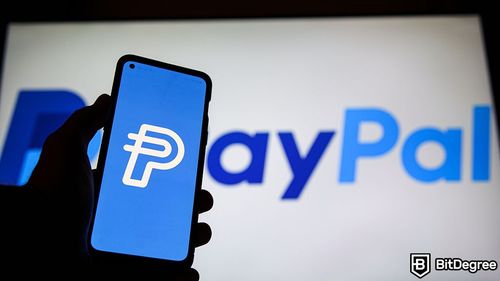PayPal USD is mainly backed by US Treasury reverse repurchase agreements.
Paxos has released its first transparency report, shedding light on the financial health of the recently launched PayPal USD (PYUSD) stablecoin.
According to the recently released data from Paxos, as of the end of August 2023, PYUSD had outstanding tokens worth $44.4 million, with a total asset position worth $44.5 million.

Did you know?
Want to get smarter & wealthier with crypto?
Subscribe - We publish new crypto explainer videos every week!
Layer 2 Scaling Solutions Explained With Animations


The cornerstone of PYUSD's financial backing is US Treasury reverse repurchase agreements. A reverse repurchase agreement is a financial arrangement where one party agrees to sell securities and repurchase them later at a specified price. These agreements account for nearly 97% of the total asset value in PYUSD custody, or roughly $43 million.
In a statement regarding the safety measures tied to these agreements, Paxos noted:
Our repurchase agreements are overnight maturity with reputable financial institutions and overcollateralized with the US Treasuries. In the event of a default by the counterparty, Paxos is able to liquidate the US Treasury collateral to make itself whole. As all trades are overcollateralized, the risk of loss is not deemed to be material.
Apart from these repurchase agreements, Paxos disclosed that about $1.5 million in fiat currency is also held as part of PYUSD’s financial backing in insured financial institutions.
However, Paxos highlighted that they do "not have any active private uninsured deposit insurance policies." Moreover, the company stated that "not all deposits are covered by the FDIC or private insurance."
This financial reveal comes a month after PYUSD's debut. By the end of August, the vast majority of PYUSD tokens, about 90%, were in Paxos’ possession. A smaller proportion, around 10%, was being traded on digital currency exchanges like Kraken and Gate.io.
Paxos' transparency report affirms that PYUSD is fully backed by tangible assets. As the crypto world continues to scrutinize stablecoins, such transparency will likely become increasingly indispensable for regulatory approval and investor trust.






















